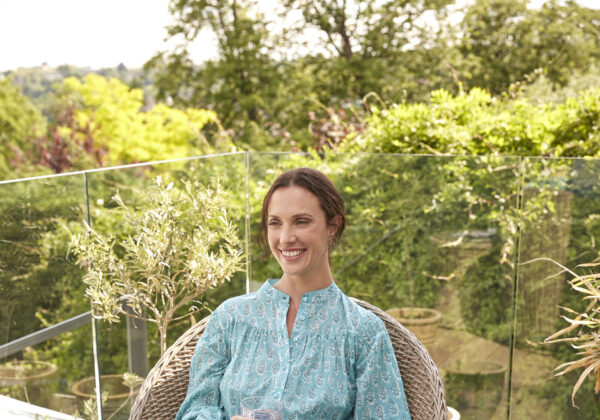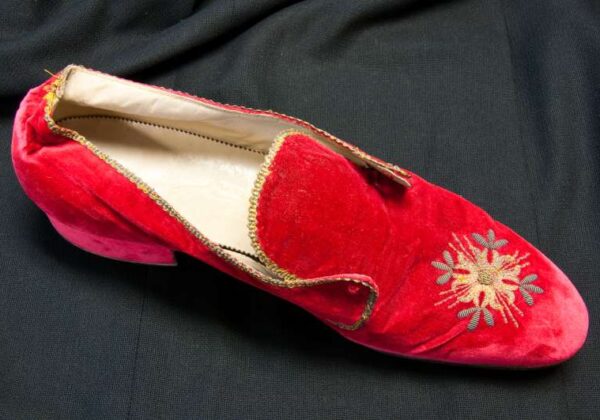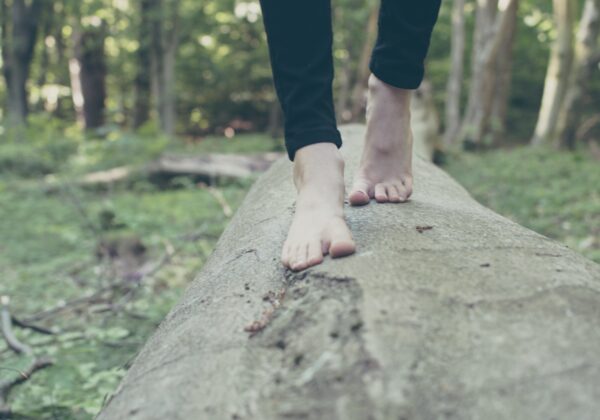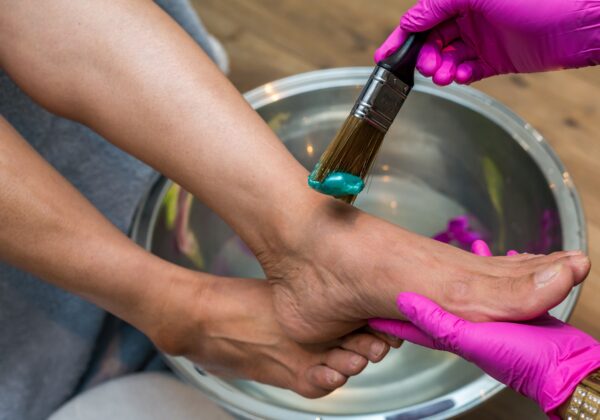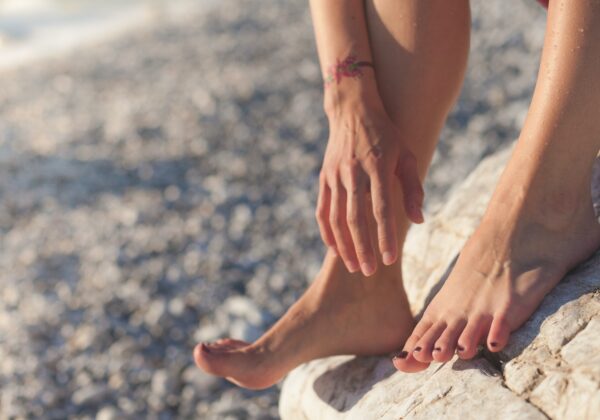How our feet change with age is remarkable. They do so much for us, serving as the foundation of our bodies, enabling us to stand, walk, run, and perform countless daily activities with flexibility and ease. Just like the rest of our bodies, though, our feet undergo significant changes as we get older. They evolve in response to the natural aging process and the wear and tear of daily life. So just how do our feet change as we age?
Childhood and Adolescence
- During childhood and adolescence, our feet grow fast, resulting – as every parent knows – in rapidly changing shoe size. Bones, ligaments, and tendons are constantly developing. This is why is crucial to ensure that children wear properly fitting shoes that support healthy foot development. Children typically have flexible arches, which can sometimes appear flat. The arches usually develop and become more pronounced as the foot structure matures.
Adulthood
- By the time we reach early adulthood, usually by our late teens or early twenties, our arches are fully developed and typically remain stable thereafter. This is the period when our feet are at their strongest and most resilient.
- As we move into our thirties and forties, the cumulative effects of years of walking, running and standing can lead to wear and tear on the feet. For some people, this can result in conditions such as plantar fasciitis, bunions, and arthritis, all of which can affect foot comfort and mobility. The ligaments and tendons in our feet may begin to lose some flexibility, making it important to maintain good foot health with stretching exercises and by wearing proper, supportive footwear.
Midlife
- Over time, the fat pads in our feet thin out, which can lead to decreased cushioning and increased pressure on the bones and joints. (Yes: just where we really want some fat is the one place where it disappears with no effort at all!) This can make it uncomfortable to walk or stand for extended periods.
- Arthritis can start to affect the joints in the feet, causing pain, stiffness, and limited mobility. Osteoarthritis is a common age-related condition that can have an impact the feet and toes.
- It is important to take good care of your feet in middle age, in order to keep them healthy and to try to prevent development of some of the issues that older people commonly suffer.
Older adults
- As we move into old age, the skin on the feet may become drier and more prone to cracking, and toenails may thicken and become more brittle. Proper foot care, including moisturising and regular nail trimming, is essential to prevent pain and soreness.
- Aging can affect our balance and stability. Our overall mobility may decrease due to age-related factors such as decreased muscle mass and bone density. This can affect our gait and the way we distribute weight on our feet, potentially leading to balance issues. Weakness in the muscles of the feet and ankles, combined with changes in joint mobility, can increase the risk of falls and injuries. Proper footwear, assistive devices like canes or walkers, and home modifications can help reduce this risk, and regular exercises like toe-tapping and calf raises can help maintain muscle tone in the feet and lower limbs which can help to maintain strength and stability.
- Reduced circulation is common in older adults, and that can affect the feet too. Poor circulation can lead to cold feet, slower wound healing, and an increased risk of developing foot ulcers. This means that it is important to keep moving and active as much as possible.
- We can also find that the shape of our feet changes with age, due to conditions such as bunions. These can cause discomfort and difficulty fitting into ordinary shoes, requiring specialist footwear or, in some cases, corrective surgery.
- As we age, it can become more challenging, and yet all the more important, to care for our feet. Choosing the right footwear becomes vital. Supportive, cushioned shoes with ample arch support can help alleviate some of the discomfort associated with aging feet. When we become unable to take care for our own feet, it’s essential to seek professional help for regular foot check-ups.
Clearly, our feet can change markedly over the course of our lives, potentially presenting us with a number of challenges and issues as we age. While some of these changes in our feet are natural and unavoidable, proactive measures can help mitigate discomfort and maintain foot health. We should ideally start taking care to maintain our foot health during early adulthood and it becomes increasingly important as we get older. Regular foot care, appropriate footwear, exercises, and seeking professional help when needed are all critical components of keeping our feet healthy throughout the aging process. By paying attention to our feet and addressing issues promptly, we can avoid injuries and problems throughout our lives. It will also help us to continue to enjoy our mobility, reduce the risk of falls and injuries, and maintain good quality of life well into our senior years. Remember, our feet are the foundation of our mobility, and taking care of them is an investment in our long-term health and well-being.



